2021 Equity Coalition Convening
JUNE 2-4, 2021
UPDATE: Call for proposals extended to end of day April 20.
The legacies of colonial and racialized violence, and white supremacy broadly, express themselves in myriad ways in contemporary museum practice. Internal and external transformation is required for shifting systems of power; interrupting the cycle of abusive museum culture; and healing from traumatic histories.
Yet, despite decades of advocacy, we keep repeating the same patterns. Why? What keeps us from taking necessary actions?
We must face individual and institutional unwillingness in museums to self-educate and the resistance to embed racial equity. We must name the lack of transparency, accountability, and serious commitment to make this work foundational. We must move our field away from performative, so-called DEAI measures that center whiteness towards models that break historical patterns of inequity and harm.
Yet, despite decades of advocacy, we keep repeating the same patterns. Why? What keeps us from taking necessary actions?
We must face individual and institutional unwillingness in museums to self-educate and the resistance to embed racial equity. We must name the lack of transparency, accountability, and serious commitment to make this work foundational. We must move our field away from performative, so-called DEAI measures that center whiteness towards models that break historical patterns of inequity and harm.
We are calling for a radical reimagining
of possibilities around what a museum can be
for its publics when racial justice is at its center.
| PRESENT A CYPHER Complete this form to propose your idea for a session, dialog, or poster presentation or send us a video or audio recording answering the questions. | JOIN US IN JUNE Stay tuned for registration details. Follow: @MuseumsAndRace @MuseumAction @MuseumWorkers @EmpatheticMuse @incluseum @VisitorsOfColor #MuseumsAreNotNeutral |
WHO WE ARE:
This Coalition represents the change-making movements Museums and Race, MASS Action, Museum Workers Speak, The Incluseum, Museums Are Not Neutral, Empathetic Museum, and Visitors of Color. Collectively, we believe there is inherent inequity in the existing systems alive in our institutions, and that we must address this foundationally through the lens of racial justice and anti-white supremacy. We are committed to effecting real, substantive, and transformative change in the museum field and seeing the manifestations of this work happen in our lifetime.
Contact [email protected] for more information.
Although we will be working virtually, we commit to share resources, build accountability partners, and organize within our community, particularly with colleagues across cultural, racial, and ideological spectra.
This Coalition represents the change-making movements Museums and Race, MASS Action, Museum Workers Speak, The Incluseum, Museums Are Not Neutral, Empathetic Museum, and Visitors of Color. Collectively, we believe there is inherent inequity in the existing systems alive in our institutions, and that we must address this foundationally through the lens of racial justice and anti-white supremacy. We are committed to effecting real, substantive, and transformative change in the museum field and seeing the manifestations of this work happen in our lifetime.
Contact [email protected] for more information.
Although we will be working virtually, we commit to share resources, build accountability partners, and organize within our community, particularly with colleagues across cultural, racial, and ideological spectra.
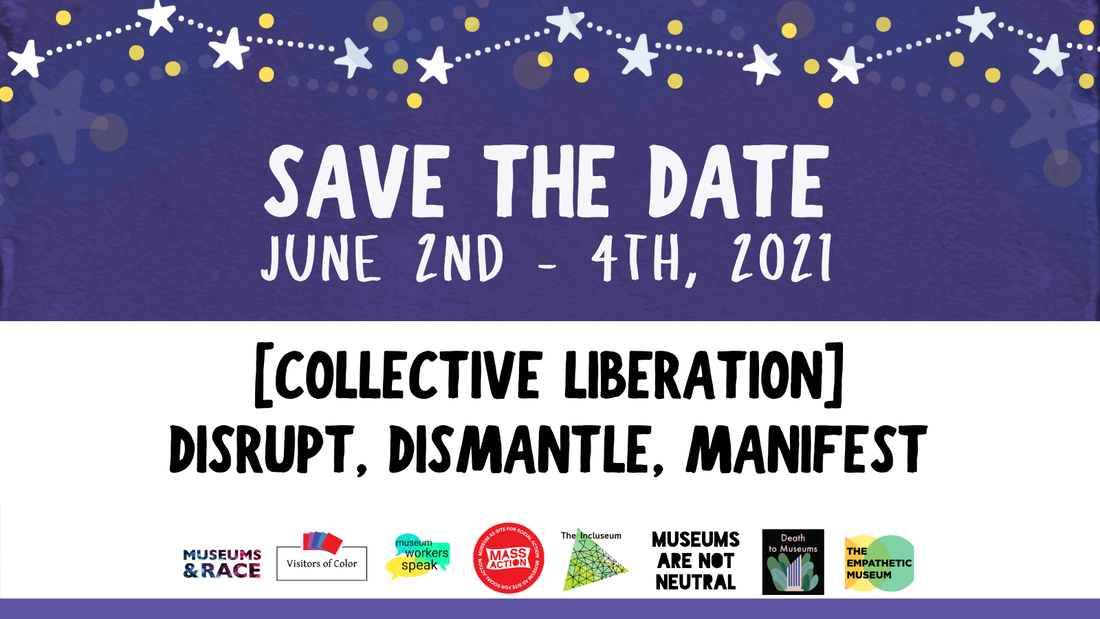
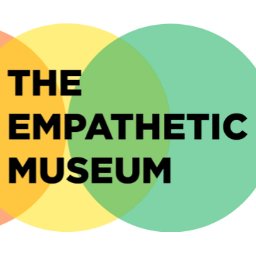
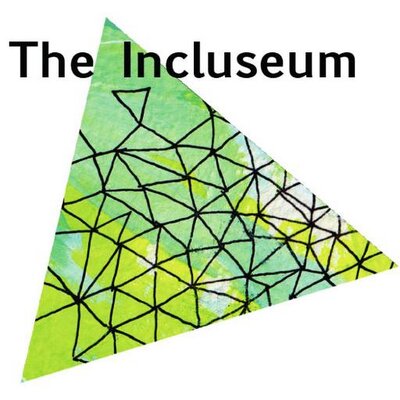
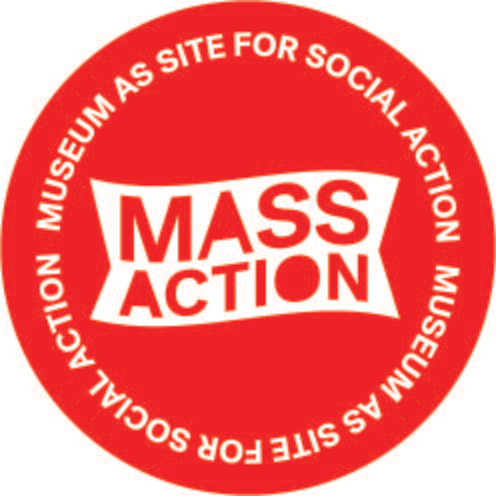
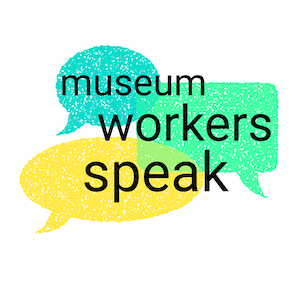
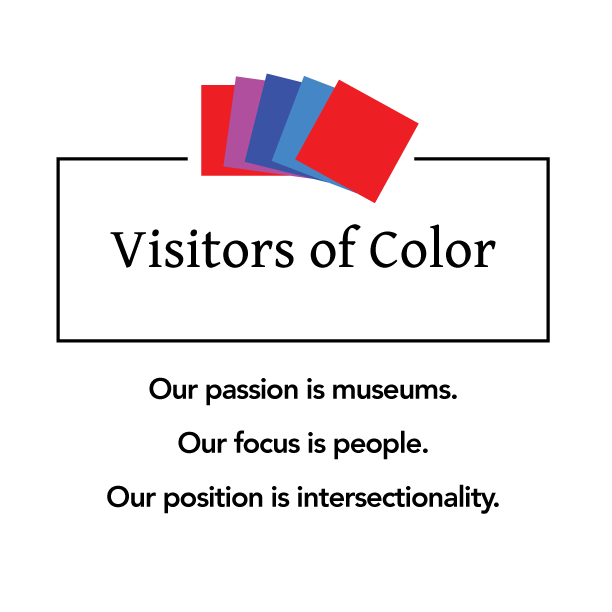

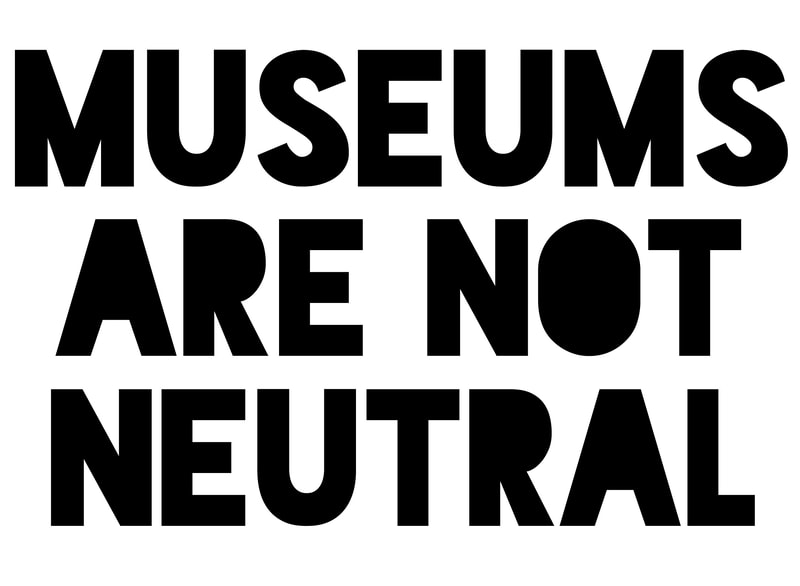

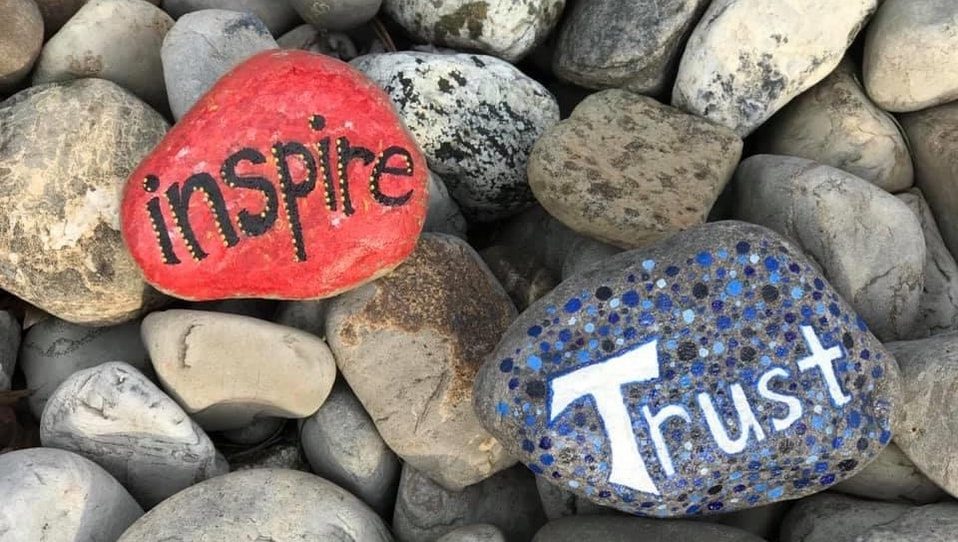
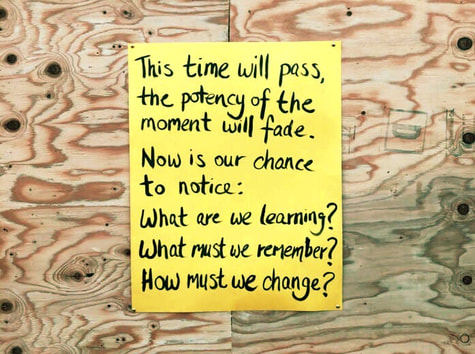
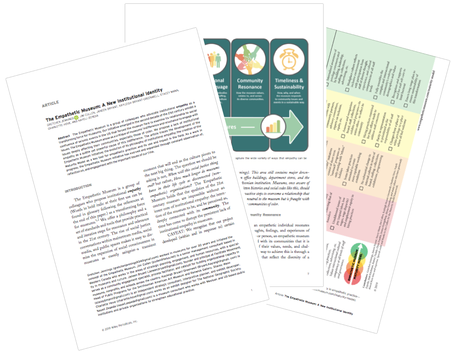
 RSS Feed
RSS Feed
